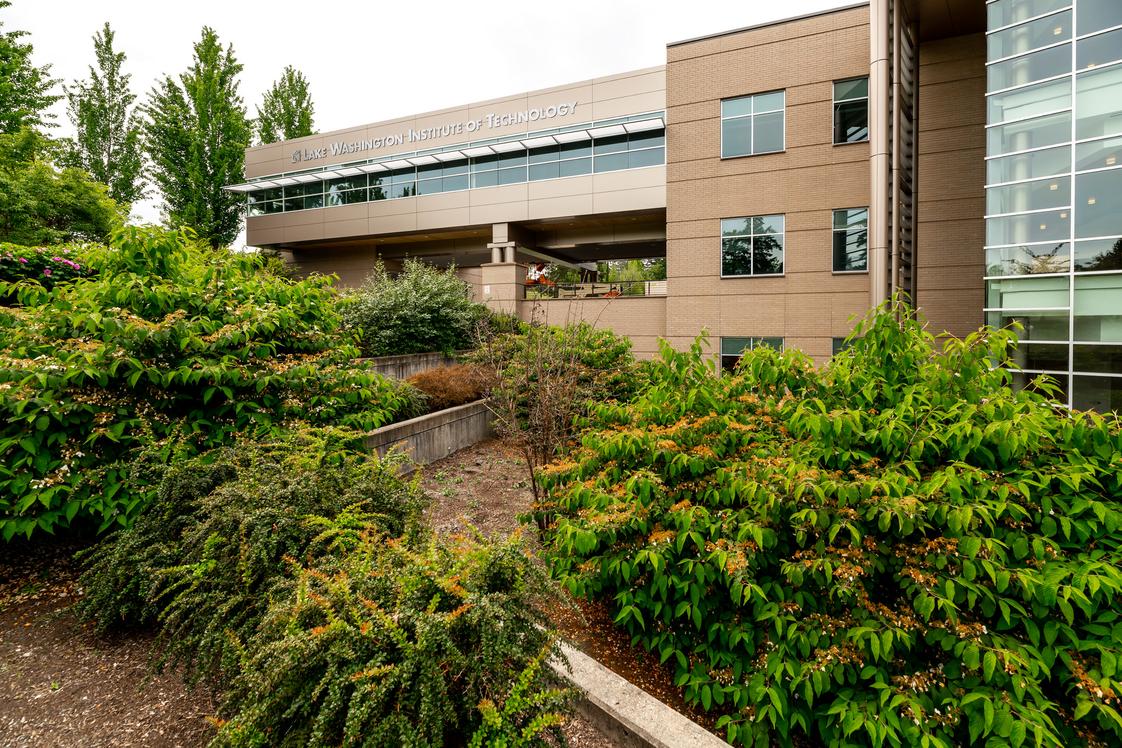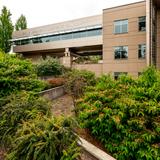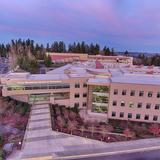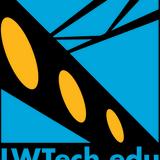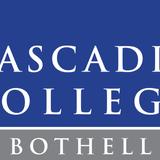- Located just outside of Seattle, WA, Lake Washington Institute of Technology (LWTech) was founded in 1949, and is the only public institute of technology in the state of Washington. LWTech offers six bachelor`s degrees, 47 associate degrees, and 89 professional certificates in 44 areas of study, including STEM-focused programs in Science, Technology, Engineering and Math.
- LWTech directly serves the communities of Kirkland, Redmond, Bellevue, Kenmore, Mercer Island, Bothell, Woodinville, Carnation, Duvall, North Bend, Fall City, Sammamish, Issaquah, Snoqualmie, Skykomish, Clyde Hill, and Medina. LWTech also serves students from outside our service area, as well as students from around the world
School Highlights
Lake Washington Institute of Technology serves 4,320 students (44% of students are full-time).
The college's student-teacher ratio of 14:1 is lower than the state community college average of 15:1.
Minority enrollment is 58% of the student body (majority Hispanic and Asian), which is more than the state average of 56%.
Quick Facts (2025-26)
- Enrollment: 4,320 students
- Student-teacher ratio: 14:1
- Minority enrollment: 58%
- Source: Verified school update
School Overview
The teacher population of 303 teachers has stayed relatively flat over five years.
Lake Washington Institute of Technology
(WA) Community College Avg.
Carnegie Classification
Baccalaureate/Associate's Colleges: Mixed Baccalaureate/Associate's
Baccalaureate/Associate's Colleges: Associate's Dominant
Institution Level
Four or more years
Four or more years
Institution Control
Public
Public
Total Faculty
303 staff
353 staff
Student Body
The student population of Lake Washington Institute of Technology has grown by 19% over five years.
The student-teacher ratio of 14:1 has increased from 12:1 over five years.
The Lake Washington Institute of Technology diversity score of 0.74 is less than the state average of 0.75. The school's diversity has grown by 6% over five years.
Total Enrollment
4,320 students
5,207 students
Student-Teacher Ratio
14:1
15:1
# Full-Time Students
1,901 students
2,028 students
# Part-Time Students
2,419 students
3,179 students
# Enrollment Undergraduate
432 students
494 students
# Full-Time Undergraduate Students
1,901 students
2,028 students
# Part-Time Undergraduate Students
2,419 students
3,179 students
Total Dormitory Capacity
n/a
140 students
% American Indian/Alaskan
1%
1%
% Asian
13%
10%
% Hispanic
15%
17%
% Black
6%
7%
% White
42%
44%
% Hawaiian
n/a
1%
% Two or more races
6%
8%
% Non Resident races
5%
3%
% Unknown races
12%
9%
Diversity Score
0.74
0.75
College Completion Rate (Students who graduate in less than 4 years)
16%
28%
College Completion Rate (Students who graduate in 4 years or more than 4 years)
44%
36%
Average Graduate Earnings (10 Years)
$43,800
$36,400
Tuition and Acceptance Rate
% Students Receiving Some Financial Aid
41%
58%
Median Debt for Graduates
$15,000
$11,794
Median Debt for Dropouts
$7,498
$6,192
Acceptance Rate
n/a
99%
Source: 2024 (or latest year available) Integrated Postsecondary Education Data System (IPEDS) , School Administrators
School Notes
- Lake Washington Institute of Technology, in Kirkland's Totem Lake area, serves local students from King and Snohomish counties, commuter students from areas like Port Townsend, Gig Harbor and Marysville, and international students from around the globe, including Japan, Tonga, Ireland, Indonesia and the Ukraine. Lake Washington Institute of Technology officially became part of the new community and technical college system on September 1, 1991; the institute became a degree-granting technical college with all the rights and responsibilities of a technical college as prescribed by state law. During the next three years the college replaced its two-year diplomas with Associate of Applied Science degrees. Twenty Association of Applied Science degrees were approved by the State Board of Community and Technical Colleges to be offered to students by the college. LWTech offers the cutting-edge, professional career and technical training needed to rapidly and affordably qualify our students for opportunities in today's job market. With training opportunities in over 100 degree and certificate options in 39 programs, we have something for everyone - including some Bachelor degrees. Adult education programs are also offered. Lake Washington Institute of Technology is accredited by the Northwest Commission on Colleges and Universities (NWCCU).
Frequently Asked Questions
What schools are Lake Washington Institute of Technology often compared to?
Lake Washington Institute of Technologyis often viewed alongside schools like Bellevue College by visitors of our site.
In what neighborhood is Lake Washington Institute of Technology located?
Lake Washington Institute of Technology is located in the North Rose Hill neighborhood of Kirkland, WA.
School Calendar
View the Lake Washington Institute of Technology yearly calendar below. Note key dates such as:
Event
Date
Last day of fall quarter instruction
December 13, 2025 (Saturday)
Last Day to Register Online
January 05, 2026 (Monday)
First day of winter quarter instruction
January 05, 2026 (Monday)
Last day for 100% refund
January 09, 2026 (Friday)
Last Day to Add Courses Without Instructor Permission
January 09, 2026 (Friday)
Recent Articles

How to Transfer from Community College to a Four-Year University in 2025
A step-by-step guide for community college students transferring to a four-year university in 2025 — updated strategies, data and expert insights.

Scholarships for Community College Students 2025
Explore updated scholarship programs, tuition data, and expert strategies for community college students in 2025.

The Rise of Technical and Vocational Training in 2025
Explore the 2025 surge in technical and vocational training—enrollment, policy, costs, and why this path is gaining ground for students and parents.



